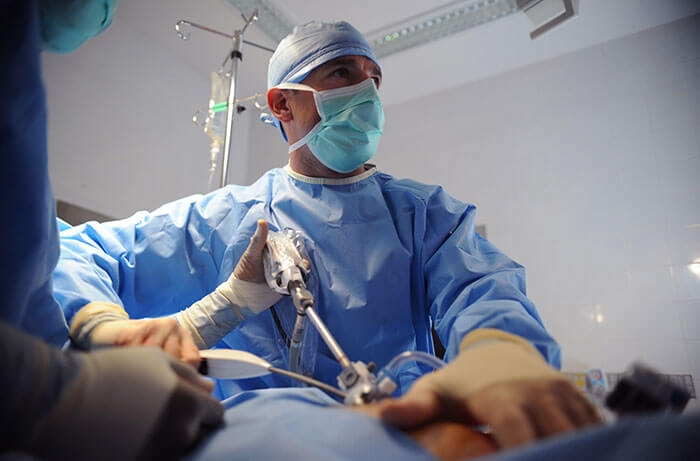

LAPAROSCOPIC SURGERY

With advancing technology, everything is getting smaller by the day – including surgical techniques! Also known as minimally invasive surgery such as keyhole surgery or laparoscopic surgery, we now have surgeries that minimize healing time, scarring as well as reducing hospital stays.
This modern surgical method is applied to reduce pain on recovery as well as excessive bleeding and haemorrhaging. The external incisions are usually made some distance away from the actual point of surgery, with the incisions not being more than 0.5 to 1.5cm. The key element in these laparoscopic surgeries is the use of the laparoscope, a fibre optic cable system that can be threaded into the incision to view the affected areas. The cable is snaked in from a distant location which is usually more accessible; the belly button is an ideal spot for abdominal surgeries.
The laparoscope is a long thin tube with a high-intensity light source and a high-resolution camera in front of it. The camera is connected to a video monitor that captures images as it moves through the abdomen. Optic fibres can carry a large amount of information and allow transmission of detailed images from laparoscopes. After making the incision in the abdomen, it is inflated with CO2 gas to elevate the abdominal wall and create space to view and manipulate instruments between the internal organs.
Keyhole surgeries performed in the abdomen or pelvic regions are referred to as laparoscopic surgeries, and when they are performed in the chest or thoracic cavity, it’s referred to as thoracoscopic surgery. But both types of surgeries are basically a part of the endoscopic surgery. Endoscopic surgeries use scopes to go through small incisions or natural openings to view, take biopsies or treat disease. It’s a low-risk, minimally invasive surgery (MIS) performed through very small incisions that allow the doctor to view inside the body without having to opt for invasive open surgery.
Sometimes, up to four tiny incisions may be made to allow the endoscopic surgeon manipulate instruments while performing surgery internally. After the surgery is over, surgical bandages or stitches may be used to close the incisions. Most laparoscopies rare done as outpatient procedures, which means you can go home the same day as your surgery. Depending on the type of procedure, local or general anaesthetic may be administered. However, you will still need to take it easy once you get home as your internal organs have been manipulated around and there will be some degree of pain.














